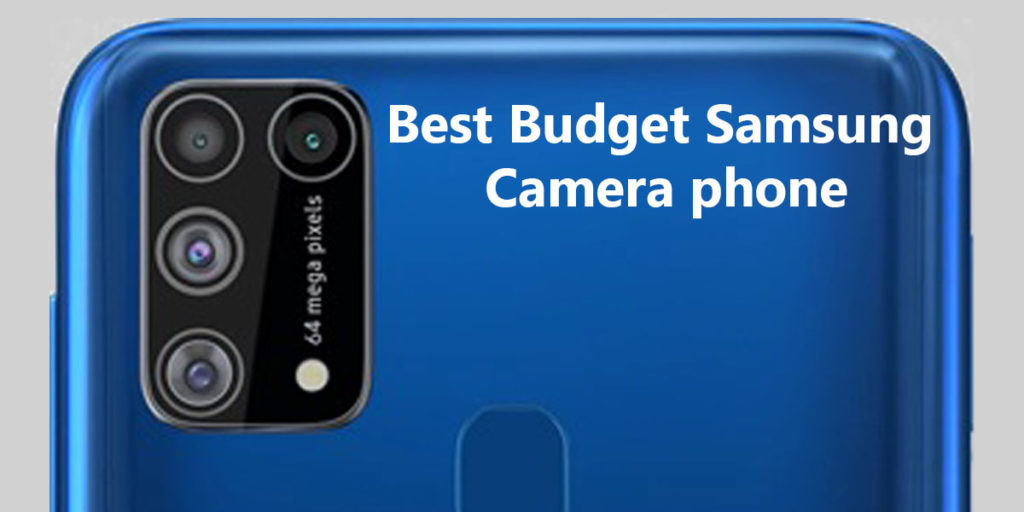
It has a Snapdragon 888 chip and a whopping 12 GB of memory. For example, the 48 MP option has a focal length of 23mm and a maximum aperture of f/1.8, which enables you to get beautiful night-sky shots with superb detail.

The wide and ultra-wide cameras are fantastic for astrophotography. This smartphone has an advanced array of cameras, including a 16 MP front-facing camera, a 48 MP wide-angle (rear) camera, and a 50 MP ultra-wide (rear) camera. The OnePlus 9 Pro isn’t as popular as Samsung and Apple smartphones, but it’s a great (and much more affordable) astrophotography alternative. The phone itself looks great and has a long-lasting battery. This will help when taking astrophotography shots and will choose the best settings automatically. Like the iPhone 13 Pro Max, this smartphone has a dedicated night mode. The wide-angle and ultra-wide cameras are perfect for astrophotography with focal lengths of 26mm and 13mm, the detail you can capture in your night-sky shots is fantastic. There’s a 12 MP camera for selfies on the front, plus a 12 MP wide-angle camera, a 12 MP telephoto camera, and a 12 MP ultra-wide camera on the rear.

You also have a range of storage options, which span from 128 GB to 512 GB. It offers great performance, and you can quickly navigate the camera menus and settings. This Apple smartphone has the A14 Bionic chip and 6 GB of memory. The Apple iPhone 12 Pro is cheaper than the Apple iPhone 13 Pro Max, but it’s still a superior smartphone that’s capable of professional-quality photos.


 0 kommentar(er)
0 kommentar(er)
